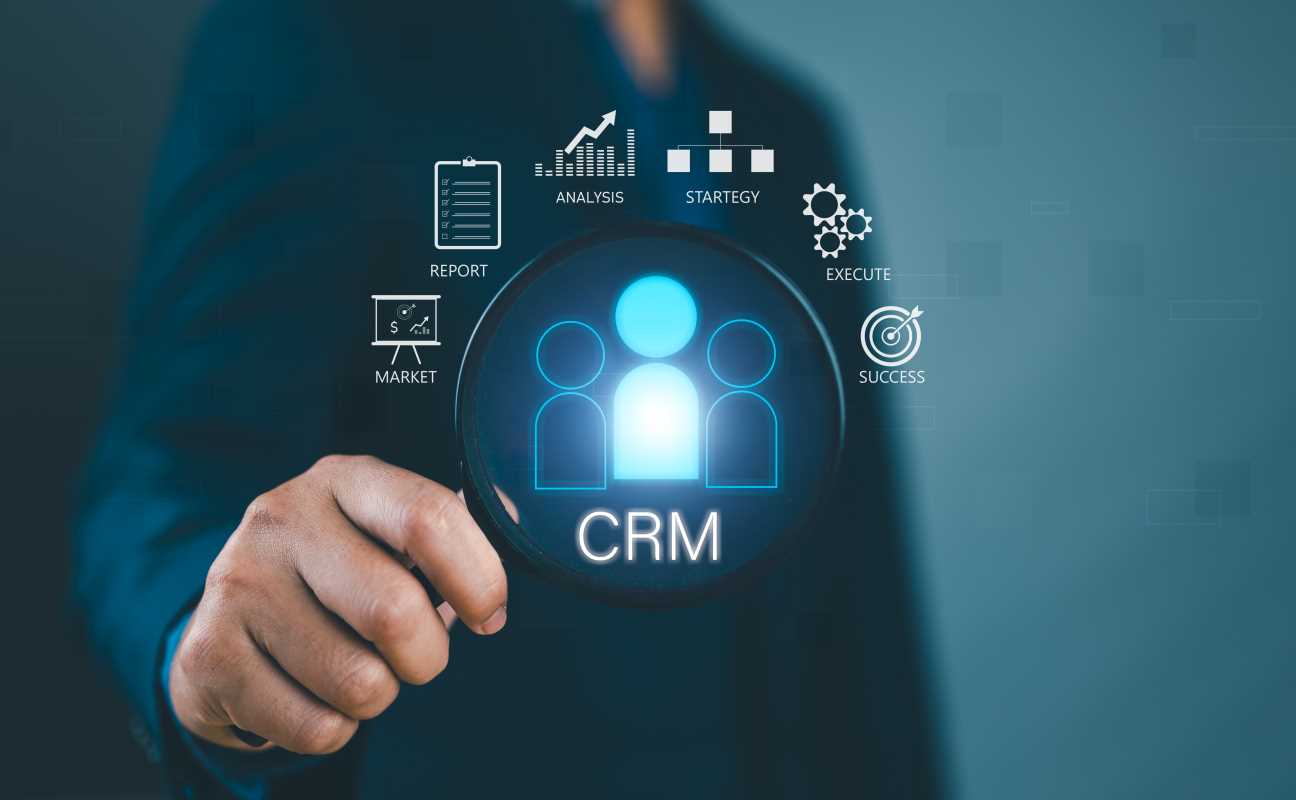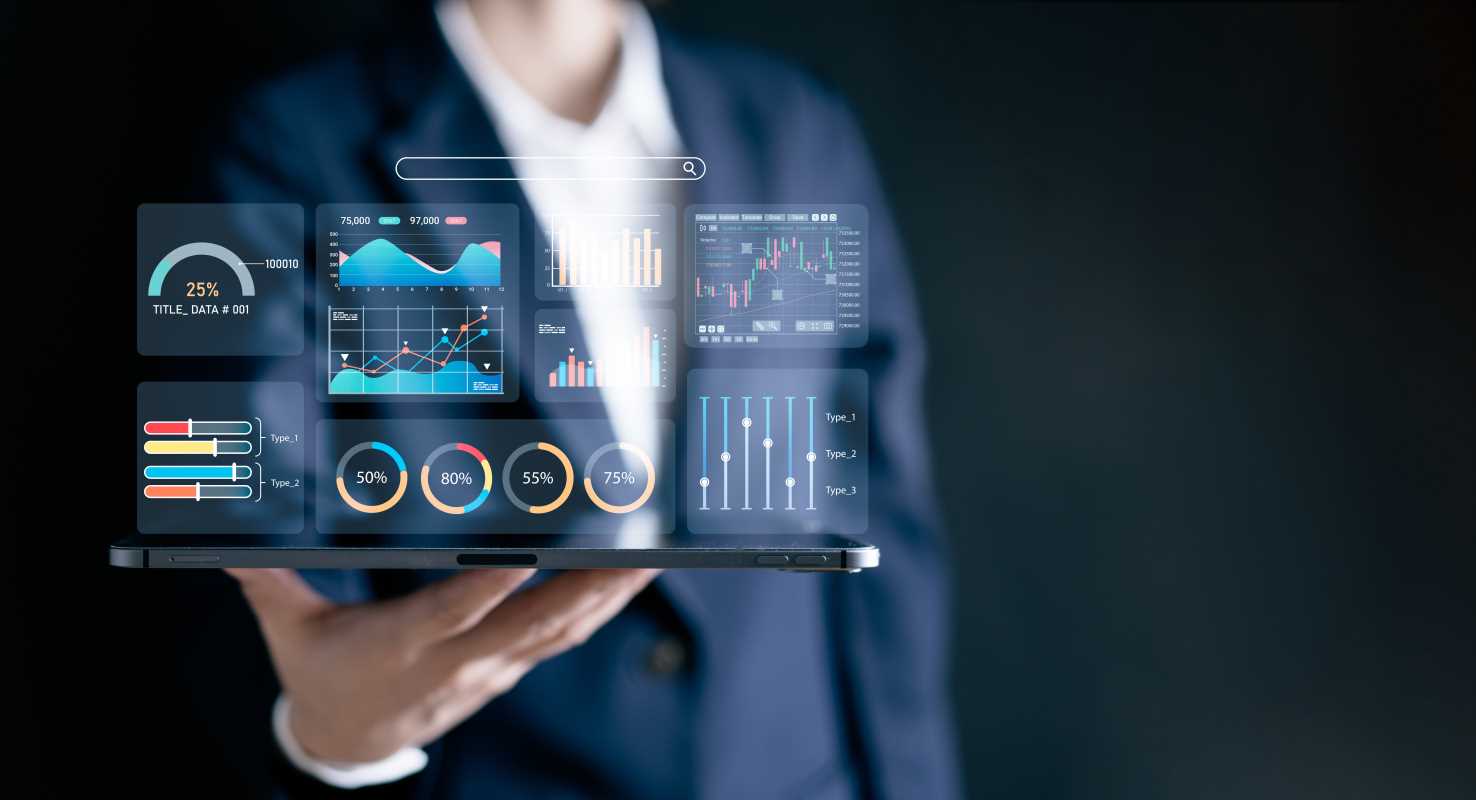Imagine owning a local coffee shop. You've just created the perfect new seasonal latte and you want everyone in your neighborhood to know about it. You could put up a flyer on a community board and hope the right people see it, or you could take out a big ad in a city-wide newspaper, reaching thousands of people who live too far away to ever visit. Neither of these options feels very efficient. What if you could send a digital ad directly to the smartphones of people who are currently within a one-mile radius of your shop? This is the power of geotargeting. It’s a technology that allows businesses to deliver specific content or ads to people based on their real-world, physical location. For local businesses, this isn't just a fancy tech feature; it's a game-changing tool that transforms marketing from a wide, hopeful spray into a precise, targeted action. It allows you to stop wasting money on reaching uninterested audiences and start connecting with the customers who are right around the corner.
What is Geotargeting?
At its core, geotargeting is a type of location-based marketing that uses GPS, Wi-Fi, and IP address data to determine a person's geographic location. Once that location is known, businesses can use it as a filter to deliver highly relevant marketing messages. Instead of showing an ad to everyone, you can show it to people in a specific country, state, city, zip code, or even within a few blocks of a particular address.
This technology works through the devices we carry every day. When you use an app that asks for your location or browse the internet on your phone, you are providing data points that can be used for geotargeting. Major advertising platforms like Google Ads, Meta (Facebook and Instagram), and X (formerly Twitter) all have powerful geotargeting capabilities built into their systems. This allows an advertiser to set up a campaign and define a precise geographic area where they want their ads to appear.
It's important to distinguish geotargeting from a similar term, geofencing. While they are related, they function differently:
- Geotargeting is about reaching people who are in a specific location right now or who live there. It's based on a broader set of criteria like city or zip code.
- Geofencing is more specific. It involves drawing a virtual "fence" around a very precise location, like a single store or a competitor's business. You can then trigger an ad or notification when someone enters, exits, or stays within that fenced area.
For most local businesses, geotargeting provides the perfect balance of precision and reach needed to connect with a nearby audience.
The Benefits of Geotargeting for Local Marketing
For a small or medium-sized business with a physical location, using geotargeting isn't just a nice option—it's a strategic necessity. It levels the playing field, allowing smaller players to compete effectively for local customers without needing a massive marketing budget.
1. Drastically Reduces Wasted Ad Spend
This is the most immediate and impactful benefit. A local bakery in Brooklyn has no reason to show its ads to someone in Los Angeles. With geotargeting, you ensure that every dollar you spend on advertising is focused on reaching people who can actually become your customers. This improves your return on investment (ROI) by concentrating your budget where it has the highest potential to generate a real-world visit and a sale.
2. Delivers Highly Relevant and Timely Messages
Relevance is the key to effective marketing. Geotargeting allows you to tailor your message to a local context, making it far more compelling. For example, a hardware store can run an ad for snow shovels targeted only at users in areas where a snowstorm is forecast. A restaurant can promote its lunch specials to people within a few blocks of its location during the hours of 11 a.m. to 1 p.m. This timeliness and relevance make the ad feel less like an interruption and more like a helpful suggestion.
3. Increases Foot Traffic to Your Physical Store
The ultimate goal for many local businesses is to get people through the door. Geotargeting is a powerful tool for driving this offline action. By running a campaign that shows a special in-store offer to people in your immediate vicinity, you create a direct incentive for them to visit. Many ad platforms, like Google, even have "local store visit" conversion tracking, which uses location data to measure how many people saw your ad and then physically visited your store.
4. Gain a Competitive Edge
Geotargeting allows you to be strategic about how you engage with your competition. You can target ads to people in the neighborhoods surrounding a competitor's location, offering them a better deal or highlighting a unique product you offer. This allows you to intercept potential customers and persuade them to visit your business instead. This kind of hyper-local competitive strategy was nearly impossible before the widespread adoption of this technology.
5. Better Understand Your Local Customers
The data you gather from your geotargeted campaigns can provide valuable insights into your local customer base. You can analyze which neighborhoods or zip codes respond best to certain offers, which times of day are most effective for your ads, and how far people are willing to travel to visit your store. This information can inform not only your future marketing efforts but also broader business decisions, like where to open a new location.
Actionable Tips for Implementing Geotargeting
Getting started with geotargeting is more accessible than you might think. The major digital advertising platforms have made it a user-friendly process. Here are some actionable steps to launch your first geotargeted campaign.
1. Define Your Target Area Clearly
The first step is to decide who you want to reach. Don't just guess. Think logically about your customer base.
- Radius Targeting: This is the simplest method. You can enter your business address and set a radius around it (e.g., 1, 5, or 10 miles). This is great for businesses like restaurants or coffee shops that rely on immediate local traffic.
- Zip Code or City Targeting: If you serve a broader area or know that specific neighborhoods have a higher concentration of your ideal customers, you can target by zip code, city, or county.
- Layer with Demographics: The most effective strategies combine location with other targeting options. For example, a high-end clothing boutique could target users within a 5-mile radius who also have an interest in luxury brands and fall within a specific income bracket.
2. Choose the Right Platform
Different platforms are better for different goals.
- Google Ads: This is ideal for capturing intent. You can target people who are physically in your area and actively searching for keywords related to your business, like "pizza near me" or "best local mechanic." This is one of the most powerful ways to drive immediate sales.
- Meta (Facebook & Instagram): These platforms are great for building brand awareness and promoting events or special offers. Because of the rich demographic and interest data available, you can run highly creative and visual campaigns targeted at a precise local audience.
- Waze: For businesses that rely on drive-by traffic, advertising on a navigation app like Waze can be incredibly effective. You can create a branded "pin" that appears on the map or run a "takeover" ad that appears when drivers are stopped nearby.
3. Craft a Location-Specific Ad Copy
Make it obvious to the user that your ad is relevant to them because of their location. Including the name of the city or neighborhood in your ad headline or copy can dramatically increase its effectiveness.
- Instead of: "20% Off All Pizzas"
- Try: "Hey, Downtown Denver! Get 20% Off All Pizzas at Tony's Pizzeria Today!"
This simple change makes the ad feel personal and immediately signals that your business is conveniently located.
4. Promote a Compelling, Time-Sensitive Offer
Give people a reason to act now. A generic brand message is easy to ignore, but a specific, valuable offer is hard to resist.
- "Show this ad for a free coffee with any pastry purchase before 10 a.m."
- "Flash Sale: 25% off for the next 2 hours only at our Oak Street location."
This sense of urgency, combined with the convenience of being nearby, is a powerful combination for driving immediate foot traffic.
5. Test, Measure, and Optimize
Don't just set your campaign and forget it. Digital marketing is all about continuous improvement.
- Experiment with Different Radii: Start with a 5-mile radius and see what kind of results you get. Then, test a 1-mile and a 10-mile radius to see if a smaller or larger area is more efficient for your budget.
- Analyze Your Reports: Look at which geographic areas are driving the most clicks, calls, or store visits. You might discover a "honey pot" neighborhood that you weren't aware of.
- Optimize Your Bids: Most platforms allow you to bid more aggressively for users in certain locations. If you know that customers from a specific zip code tend to spend more, you can increase your bids for that area to ensure your ads are seen there more often.
 (Image via
(Image via





